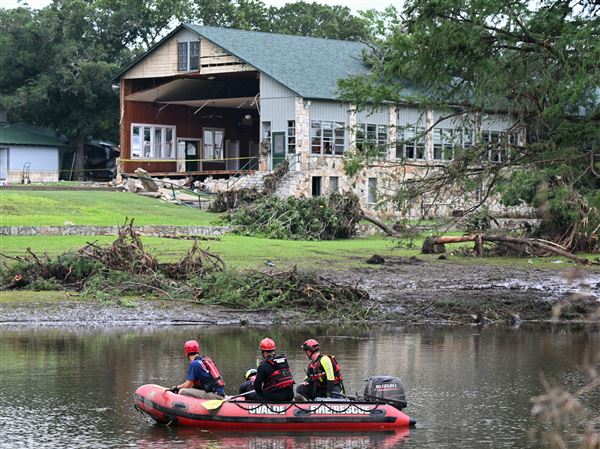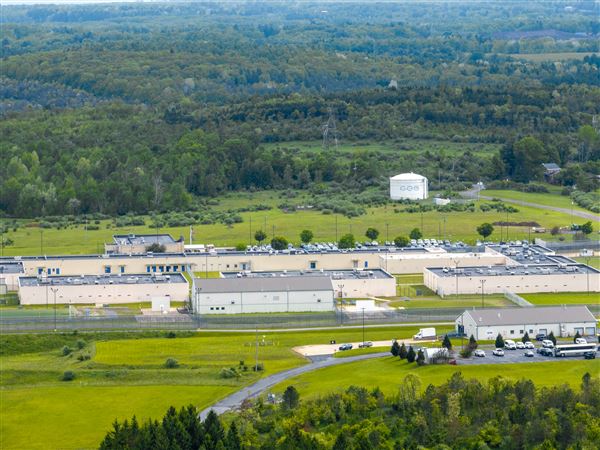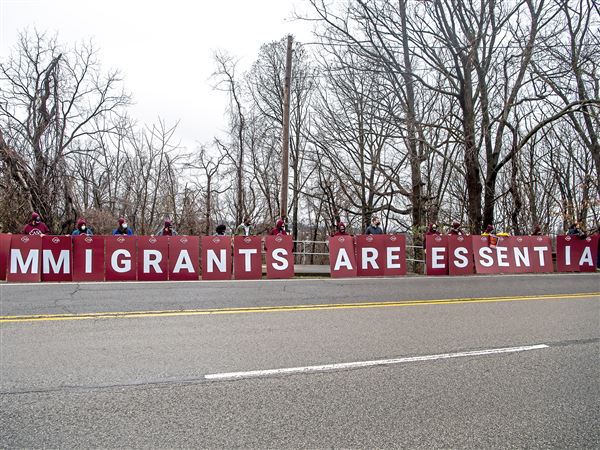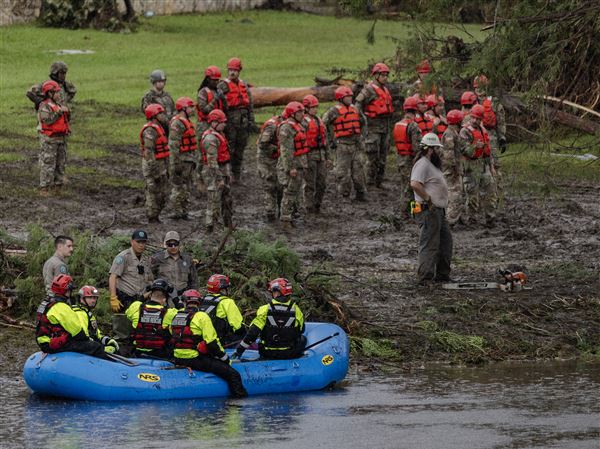Usually the terms "current events" and earth and space science aren't related in most people's minds.
But some Plum High School students who went into their Christmas break fresh from researching and writing about historic earthquakes and volcanoes found just how related the two are.
When a disastrous tsunami hit southeast Asia and east Africa the day after Christmas, many of the students in Marisa Cicconi's earth and space class found themselves glued to the television and serving as the knowledgeable ones at family gatherings.
"At dinner one night, my uncle started talking about the tidal wave. I told him it was a tsunami not a tidal wave," said Kayla Guerrier, a senior.
She said she then explained the difference and how the two occur. Ashley Meli, also a senior, said she did much the same thing.
Both described for their families how a tsunami is caused by an earthquake on the floor of the ocean. A tidal wave is caused by ocean tides.
The two teens said they knew what the main topic of earth and space class would be as soon as they returned after break.
"I thought, 'We're going to be talking about [the tsunami] all week,' " Guerrier said.
And they did.
When Cicconi heard about the tsunami, she immediately thought of her class, the first high-school-level earth and space science class to be conducted in a number of years. While Plum students took an earth science segment in regular science class in junior high school, a full class dedicated to the discipline hadn't been offered for a number of years in the district.
Cicconi spent time during the break gathering newspaper articles and taping television news channel reports about the devastation. She downloaded CNN and U.S. Geological Society Web site charts, photos and diagrams to prepare a power-point presentation.
When the students walked into her class the Monday after the holiday vacation, their instincts proved to be right.
Cicconi spent that day and the rest of the week on the event, how it occurred and what was the latest development.
Cicconi, who earned her bachelor's degree from the University of Pittsburgh in environmental science with a geology focus and her master's in science from Slippery Rock University, said most people don't realize how often earthquakes and volcanic eruptions occur.
The 9.0 quake that caused last month's tsunami was unusual in its magnitude, but several much smaller earthquakes occurred earlier in the semester just as the students were studying the natural events preparing for their research papers. Those events plus eruptions or disturbances in the volcanoes at both Mount Etna and Mount St. Helens during the same time period already lent an immediacy to the students' classes.
Students also got some answers to questions that surfaced after the tsunami hit.
One was why no warning system existed.
"Earthquakes are not common in the Indian Ocean," Cicconi explained.
That, and the fact that the Third World countries where the wave eventually hit have little money to spend on sophisticated tracking systems, led, at least in part, to the disaster.
Because of the magnitude of the disaster, Plum students started a relief fund. Contribution will go to the American Red Cross tsunami fund, and many of Cicconi's earth and space science students have contributed.
Cicconi said her students will remember the Dec. 26 tsunami throughout their lives. And when their children will read about it in their science books, they will able to explain it to them.
First Published: January 12, 2005, 5:00 a.m.

















